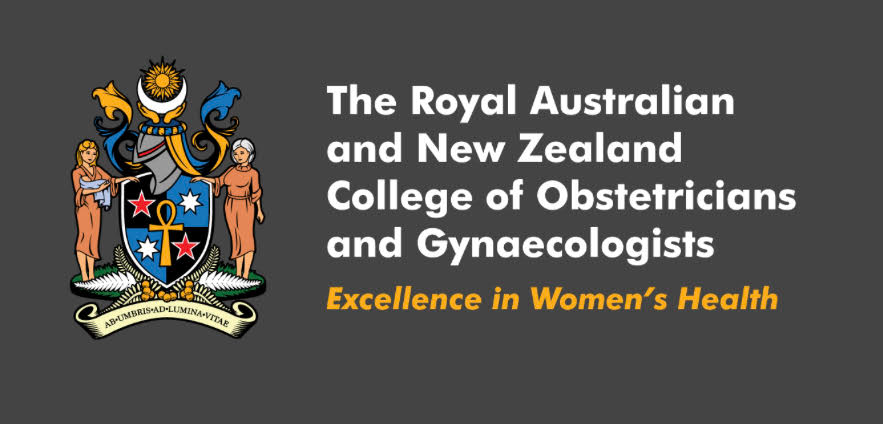

Prolapse occurs when the pelvic organs – bladder, bowel or uterus protrude into the vagina. Symptoms can include heaviness or dragging sensation and some women may notice a bulge or lump in the lower vagina.
Causes of prolapse include childbirth, especially if your first baby was large or delivery was an instrumental birth such as forceps. Some women who have hypermobility are also at increased risk of prolapse. Chronic constipation, persistent coughing or being overweight can exacerbate symptoms.
Prolapse tends to be more common soon after birth and in the post-menopausal years – as these periods are accompanied by low levels of estrogen. Pelvic floor muscles, ligaments and connective tissue are estrogen dependent so they become much thinner in the post delivery and post menopause periods.
Many women notice prolapse improving when they finish breastfeeding and their estrogen levels return to normal.
Treatments include:
- Pelvic floor exercises
- Visiting a women’s health physiotherapist
- Vaginal estrogen
- In more severe cases a vaginal pessary or surgery may be required




